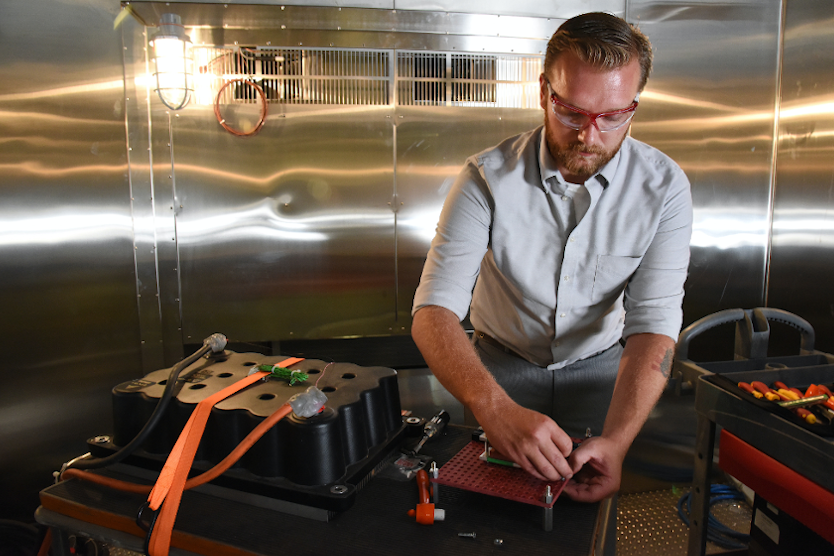
The performance of zinc-air batteries has been hampered by chemical instability and parasitic reactions. The new formulation overcomes these setbacks.
© Unsplash
A viable alternative to the lithium-ion battery has been developed by a team from the MEET Battery Research Centre in Münster in collaboration with scientists from China and America. The zinc-air battery, which uses a novel non-alkaline, aqueous electrolyte, is at the same time high performance and environmentally friendly, safe and cost effective.
In the past, the performance of zinc-air batteries has been hampered by chemical instability and parasitic reactions based in the use of alkaline solution. The new formulation overcomes these setbacks.
“Our innovative, non-alkaline electrolyte brings a previously unknown reversible zinc peroxide (ZnO2)/O2 chemistry into the zinc-air battery”, explains Dr Wei Sun from MEET, who is leading the international research team, in a press release. “Compared with the conventionally strong alkaline electrolytes, the newly developed non-alkaline aqueous electrolyte, which is based on the zinc trifluoromethanesulfonate salt, has several decisive advantages: The zinc anode is used more efficiently with a higher chemical stability and electrochemical reversibility.”
The novel zinc-air batteries can operate stably for longer periods – 1,600 hours over 320 cycles under ambient air atmosphere – and have higher energy density overall. After extensive analysis and multiscale simulations, the team are confident the technology will compete directly against lithium-ion, but this is only the first step. “This technology still requires further, intensive research and optimisation before its practical application,” says Sun.
The team at MEET worked with the Fudan University in Shanghai, the University of Science and Technology in Wuhan, the University of Maryland and the US Army Research Laboratory to bring the new battery to this stage.


